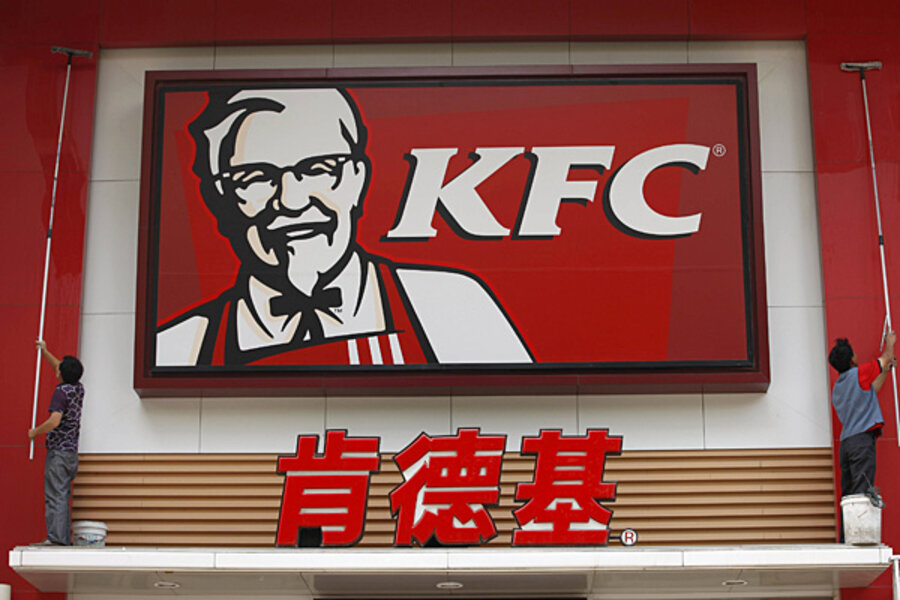The global middle class has a hankering for US fast food
Loading...
Along the upward journey to middle-class status, a growing number of people around the world are working up quite a voracious appetite. The developing world has fallen big time for all-American exports like Footlongs, Big Macs and Extra Crispy Chicken Tenders.
Despite early signs that a fast-food diet is no healthier in Beijing than it is in Boston, consumers who are new to middle-class dining seem less concerned about the health risks of the high-fat, high-sodium fare that many Americans now seek to avoid.
As the U.S. economy slogs along at a tepid pace, household incomes in much of the developing world are leaping ahead. Over the next two decades, those gains are expected to introduce billions of new consumers to menus from fast-food chains that are among some of the most iconic American brands.
And as many chains have saturated the U.S. market (and American tastes have shifted) the fast-food industry is finding a hungry market in far-flung locations—from Malawi to Mongolia.
"A lot of domestic chains are completely refocusing their business on the international market," said IBISWorld Industry analyst Andy Brennan. "And most of them have been quite successful at it."
IBISWorld pegs global fast-food sales at $190 billion but does not break out non-U.S. sales.
That is because for most fast-food chains, the formula that worked at home—low-cost menu items, prepared consistently and served quickly—seems to translate well for foreign consumers with newfound disposable income
These companies are also riding a wave of global brand awareness, thanks to increased international travel and the powerful reach of the Web.
For many new arrivals to middle-class life, a meal at an iconic American fast-food outlet also bestows a level of prestige, according to Brennan.
"It's a real status symbol to be eating in an American restaurant in Asia," he said.
Yum Brands—the parent company of KFC, Pizza Hut and Taco Bell—generated more than 70 percent of its profits, or $1.1 billion, outside the U.S. last year, up from just 20 percent 15 years earlier.








